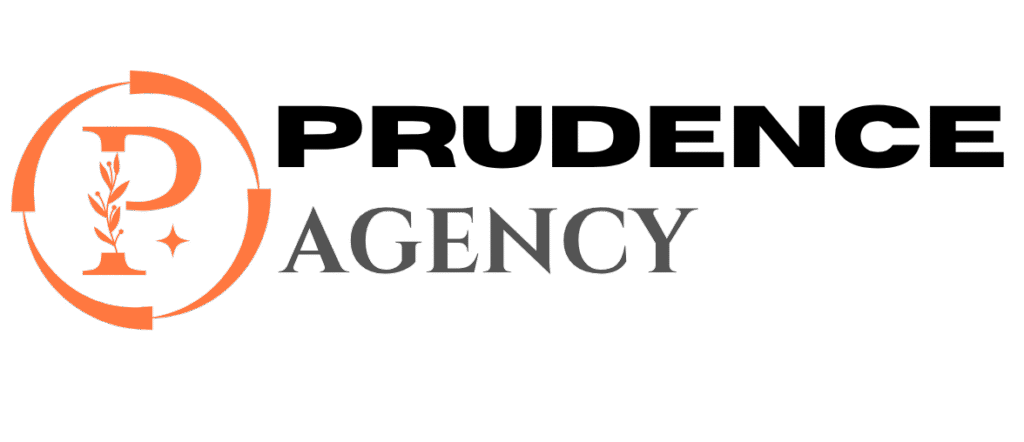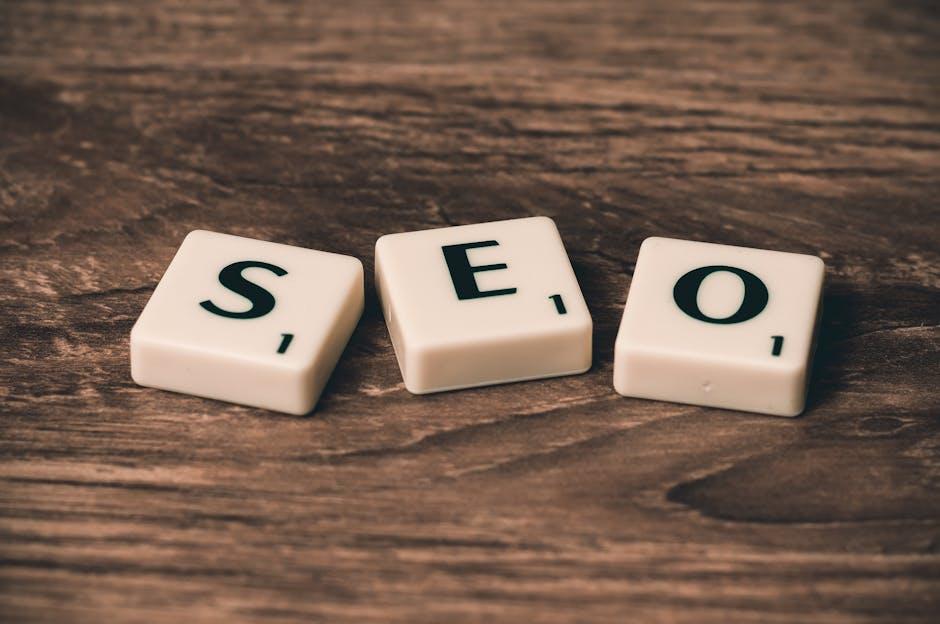How Website Speed Impacts SEO and User Experience
In today’s fast-paced digital world, website speed is not just a technical metric-it’s a critical factor that shapes your website’s success. A slow-loading site can frustrate visitors and damage your search engine rankings. Conversely, a fast, responsive website keeps users engaged, improves SEO, and ultimately drives more conversions. In this article, we’ll explore how website speed impacts SEO and user experience, and share actionable tips to help you optimize your site’s performance.
Why Website Speed Matters
Website speed refers to how quickly your web pages load and become interactive for users. It’s a vital component of web performance that affects both human visitors and search engines alike.
Impact on User Experience
- First impressions: Visitors expect pages to load within 2-3 seconds. Slow speeds cause impatience, increasing bounce rates.
- Engagement: Faster sites lead to longer visitor sessions, more page views, and higher interaction rates (such as clicks and purchases).
- Accessibility: Quick loading ensures users on mobile devices and slower connections can access your content without frustration.
SEO Performance and Ranking
Google explicitly considers page load speed as a ranking factor in its search algorithm. A faster website improves:
- Crawl efficiency: Search engine bots can crawl more pages on fast sites, increasing indexation.
- Mobile rankings: With Google’s mobile-first indexing, page speed on mobile devices is crucial for organic visibility.
- User signals: Metrics like bounce rate, time on page, and click-through rates indirectly impact SEO, all influenced by load speed.
How Website Speed Affects SEO: A Closer Look
To maximize organic traffic, it’s important to understand the technical and behavioral reasons why speed matters in SEO.
| SEO Element | How Speed Influences It | Impact on Rankings |
|---|---|---|
| Page Load Time | Google favors sites that load under 3 seconds | Better visibility in SERPs and lowered bounce rates |
| Mobile Optimization | Mobile-friendly speed is prioritized in indexing | Improved rankings for mobile search |
| Crawl Budget | Faster sites allow more pages to be crawled efficiently | More pages indexed with updated content |
| User Behavior Signals | Speed affects bounce rate, time on site, and CTR | Indirect SEO boosts through engagement metrics |
Benefits of a Fast Website
Optimizing website speed leads to a cascade of benefits beyond SEO improvements. Some noteworthy advantages include:
- Higher Conversion Rates: Faster checkout processes increase sales and reduce cart abandonment.
- Increased Customer Satisfaction: Smooth browsing improves brand reputation and user trust.
- Competitive Advantage: Outperform competitors who have slow-loading sites.
- Lower Bounce Rates: Visitors stick around, lowering bounce and boosting page authority.
Practical Tips to Improve Website Speed
Implementing best practices for site speed is essential. Here are effective strategies you can start applying today:
1. Optimize Images
- Use compressed formats like WebP or optimized JPEGs/PNGs.
- Resize images to fit actual display sizes.
- Leverage lazy loading to defer offscreen images.
2. Minimize HTTP Requests
- Combine CSS and JavaScript files where possible.
- Reduce the number of plugins on WordPress sites.
- Use CSS sprites and inline critical CSS.
3. Leverage Browser Caching
- Specify caching headers to store static resources locally on user browsers.
- Use a Content Delivery Network (CDN) to serve files faster worldwide.
4. Improve Server Response Time
- Choose reliable and fast web hosting (e.g., VPS or managed WordPress hosting).
- Use server-side caching solutions like Redis or Varnish.
- Keep your CMS and plugins updated.
5. Implement AMP (Accelerated Mobile Pages)
AMP pages load instantly on mobile devices, improving mobile search experience and organic rankings.
Case Study: How Speed Optimization Boosted Traffic by 35%
One of our clients, an e-commerce store built on WordPress, faced high bounce rates and slow load times averaging 6 seconds. After implementing several speed optimizations – including image compression, reducing plugins, enabling caching, and switching to a CDN – the site’s average load time reduced to 2.5 seconds.
| Metric | Before Optimization | After Optimization |
|---|---|---|
| Page Load Time | 6 seconds | 2.5 seconds |
| Bounce Rate | 68% | 45% |
| Organic Traffic | 8,000 visits/month | 10,800 visits/month (+35%) |
| Average Session Duration | 1 min 20 sec | 2 min 10 sec |
Clearly, speeding up the website not only enhanced user experience but also significantly improved SEO results, leading to more traffic and revenue.
Tools to Check and Monitor Website Speed
Keeping tabs on your site’s speed performance is essential for ongoing SEO success. Some great tools to analyze and monitor your website speed include:
- Google PageSpeed Insights – Offers scores and practical improvement tips.
- GTmetrix – Detailed performance reports with waterfall charts.
- WebPageTest – Advanced testing from multiple locations and device types.
- Pingdom Website Speed Test – User-friendly interface with performance grading.
Conclusion
Website speed is a fundamental pillar impacting both SEO and user experience. Fast-loading websites rank better on search engines, retain visitors longer, and ultimately convert more effectively. Whether you run a WordPress blog, a business website, or an e-commerce store, investing in site speed optimization is essential for long-term success. Start by applying the practical tips shared here, monitor your progress regularly, and watch your rankings, engagement, and conversions soar.
Ready to boost your site speed and enhance your SEO? Take action now and give your users the seamless browsing experience they deserve!











